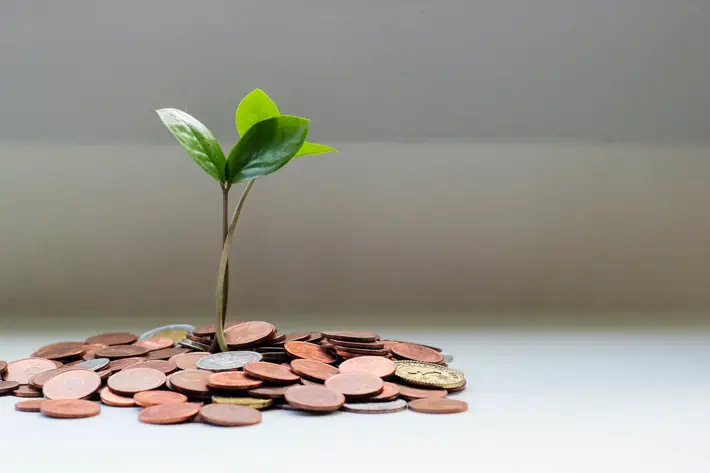A Guide to Understanding Junior ISAs

Opening a Junior ISA can be a great way of helping to make the future of your child a little less daunting. With an ISA that others can contribute to over the course of your child’s life, they’ll receive the ultimate gift of a little extra financial security for their future when they turn 18 years of age.
To help you make the best choice possible for your loved ones, here is a quick guide to understanding Junior ISAs, and what they can offer you.
What is a Junior ISA?
A Junior ISA is a way to help provide a child with a nest egg to assist them with University fees, a deposit on a home, or pretty much anything they like. It’s essentially an account that people can contribute funds to that a child cannot access until they turn 18.
Junior ISAs fall under two main categories. A Junior Cash ISA (basically a standard ISA) and a Junior Stocks and Shares ISA, which invests your contributions into the stock market (there’s an increased earning potential with these ISAs, but they’re risky due to market volatility).
What are the annual amount limits for a Junior ISA?
Junior ISAs are limited to a tax-free maximum of £9,000 per tax year. This doesn’t mean that each individual contributor can contribute £9,000 in that year. It means that the combined contributions into the ISA cannot exceed that amount.
Also, if you are splitting funds between a standard Junior ISA and a Junior Stocks and Shares ISA, it’s crucial to understand that the combined amount in all accounts still cannot exceed that £9,000 limit.
Can I open a Junior ISA for someone who isn’t my child?
A Junior ISA account needs to be opened by a child’s legal guardian or parent. However, just because you can’t open an ISA for a child you aren’t legally responsible for, doesn’t mean you cannot contribute to the ISA until the child turns 18 years of age.
In fact, anyone can contribute to a child’s ISA, not just immediate family members. Many people contribute to these kinds of ISAs over many years as a group gift to a loved one for their future.
What happens to a Junior ISA when the child in question turns 18?
It’s important for anyone who wishes to create a Junior ISA to understand that when a child reaches the age of 18, they will be fully in charge of the ISA you’ve set up in their name.
When the child named on the ISA turns 18 years old, the ISA will become a standard ISA, as they will no longer be considered a child. Instead, they’ll be classed as a legal adult. From that day onwards, they will have complete control over the funds inside the ISA and can spend their money as they wish.
With a better understanding of what Junior ISAs can offer you and your loved ones, you’ll be able to plan ahead, make the best possible decisions, and set a path for someone to have a more prosperous financial future.










